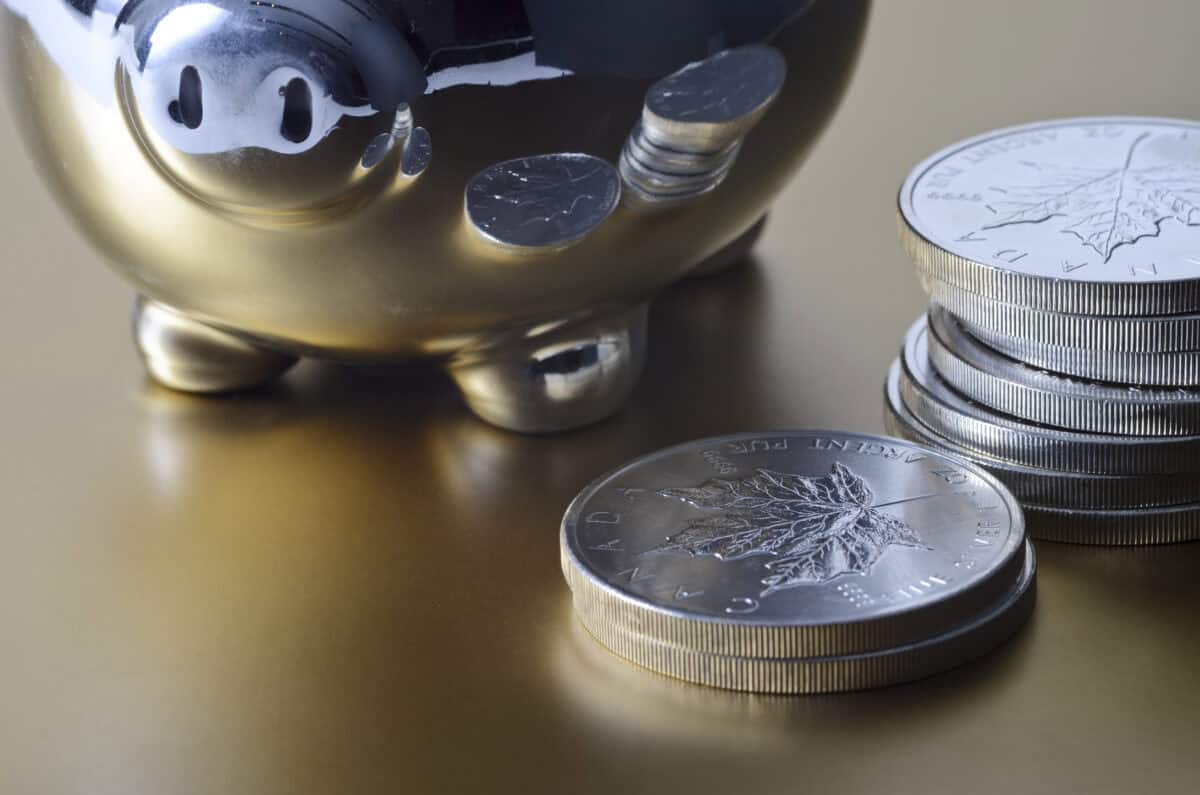Canadian savers are using their Tax-Free Savings Account (TFSA) and Registered Retirement Savings Plan (RRSP) to build portfolios of investments that will provide retirement income in addition to earnings received from work pensions, Canada Pension Plan (CPP), and Old Age Security (OAS) payments.
One popular strategy for creating wealth over time involves owning top TSX dividend stocks and using the distributions to buy new shares.
TFSA or RRSP first
Canada created the TFSA in 2009 to give people another option for setting cash aside to meet financial goals. The TFSA limit is $7,000 in 2024. This brings the maximum cumulative contribution room to $95,000 per person.
Ideally, investors would max out RRSP and TFSA contributions every year. In reality, few people in their early and mid-careers have that flexibility in their budget, so the allocation of savings has to be decided based on the best option for the individual.
RRSP contributions are used to reduce taxable income. This means it makes sense to contribute to an RRSP when a person is in a high marginal tax bracket. RRSP withdrawals are taxed as income, so the goal is to contribute at a high marginal tax rate and remove RRSP money at a lower income level, normally in retirement. This means it might make sense for younger investors to contribute to a TFSA first and save RRSP room for later in their careers when they expect to have much higher earnings.
Investors also need to be careful about building too much wealth inside their RRSP as there is a risk that you could actually end up removing money at a higher tax rate than when the contribution was made. RRSP funds have to be withdrawn or transferred to a Registered Retirement Income Fund (RRIF) before December 31 of the year a person turns 71. A minimum annual withdrawal is then required by the government with the amount rising every year.
The TFSA provides good flexibility. Funds can be removed tax-free at any time, and earnings generated inside a TFSA are not taxable. Any money withdrawn from the TFSA opens up equivalent new contribution space in the following calendar year. This is helpful if a person needs to access some savings for a short period of time and plans to replace the TFSA funds later. TFSA earnings are also exempt from the net world income calculation the Canada Revenue Agency (CRA) uses to determine the Old Age Security pension recovery tax, otherwise known as the OAS clawback.
While funds are held inside a TFSA or RRSP, there is no tax charged on interest, dividends, or capital gains. This means the full value of earnings can be reinvested in both situations.
Power of compounding
Using dividends to buy new shares sets off a powerful compounding process that can turn modest initial investments into large retirement savings, especially when the board raises the dividend regularly and the share price trends higher.
Many companies offer a dividend-reinvestment plan (DRIP) where the distribution buys new shares without a fee. In some cases, there is also a discount on the share price. This is a useful tool for investors. Each time dividends are used to buy additional shares, the next dividend payment is larger. Over time, the snowball effect can be significant. The best stocks to own tend to be ones that have long track records of steady dividend growth.
Enbridge (TSX:ENB), for example, has increased the dividend annually for the past 29 years.
The stock currently trades near $48 per share compared to $59 at the high point in 2022, so there is decent upside on a recovery that could pick up steam as interest rates decline in Canada and the United States.
Enbridge is working on a $25 billion capital program that is expected to help boost distributable cash flow (DCF) at a steady rate of at least 3% over the next few years. This should support ongoing dividend increases. At the time of writing, ENB stock provides a dividend yield of 7.6%.
Patient investors have done well with Enbridge. A $10,000 investment in the shares 25 years ago would be worth about $160,000 today with the dividends reinvested.
The bottom line on building retirement wealth
The strategy of owning top TSX dividend stocks and using the dividends to buy new shares is a proven one for building long-term retirement savings. There is no guarantee that Enbridge will deliver the same returns over the next 25 years, but the stock deserves to be on your radar for a diversified TFSA or RRSP portfolio focused on dividends and total returns.
Several top TSX dividend stocks now trade at discounted prices and offer attractive yields.









